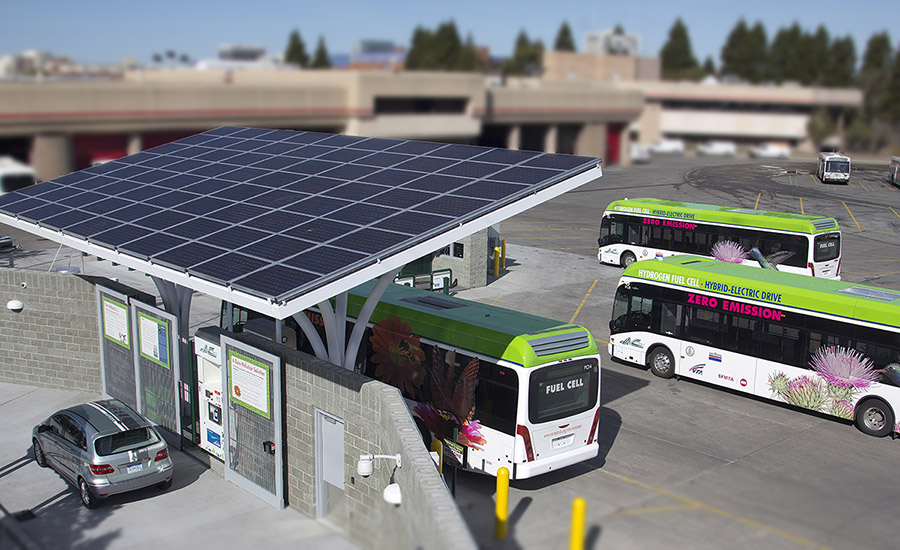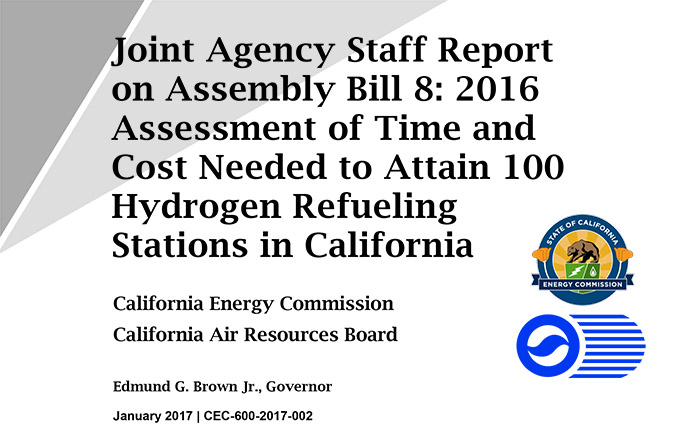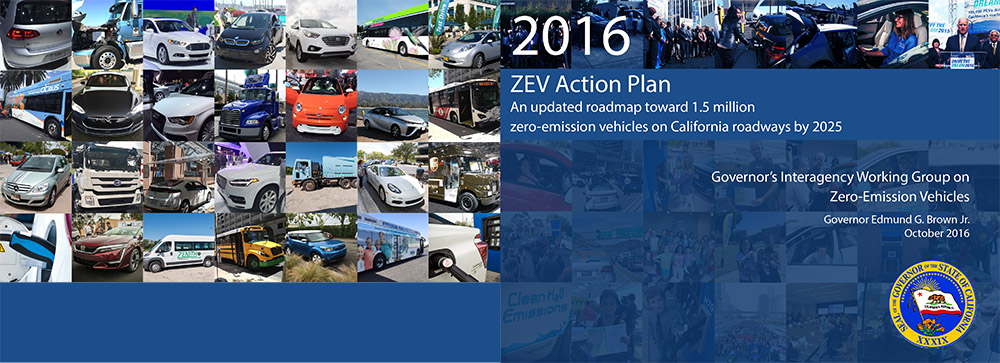
The Energy Commission released a Notice of Proposed Awards for 16 additional hydrogen stations to continue expanding the hydrogen station network in California. Added to the retail hydrogen stations already open and under construction, California will have more than 60 stations statewide by 2020 (or sooner.)


On December 2, the California Air Resources Board held a public input workshop to discuss The Zero-Emission Vehicle (ZEV) Investment Commitment. Bill Elrick attended the meeting and presented a statement that the highest priority for hydrogen and FCEVs is to increase the number of stations in the state at a faster pace. In addition to CaFCP’s comments, other stakeholders highlighted the need for hydrogen investment.
The members of the California Fuel Cell Partnership prepared the Medium-Duty and Heavy-Duty Fuel Cell Vehicle Action Plan for California to accelerate the development and commercialization of medium-and heavy-duty FCEVs in California. Federal air quality targets, AB 32 GHG reduction targets, and State’s transport electrification targets, combined with the goals of the California Sustainable Freight Action Plan, make California a favorable place to launch zero-emission medium- and heavy-duty transportation technologies.

As of August 31, 2016, 21 retail hydrogen stations are open in California, and another six are in the commissioning process. By the end of the year, about 27 retail hydrogen stations for passenger vehicles should be open and about 50 open in 2017. We also expect the Energy Commission to release its Notice of Planned Award (NOPA) in late fall this year, which will fill the pipeline with new construction.